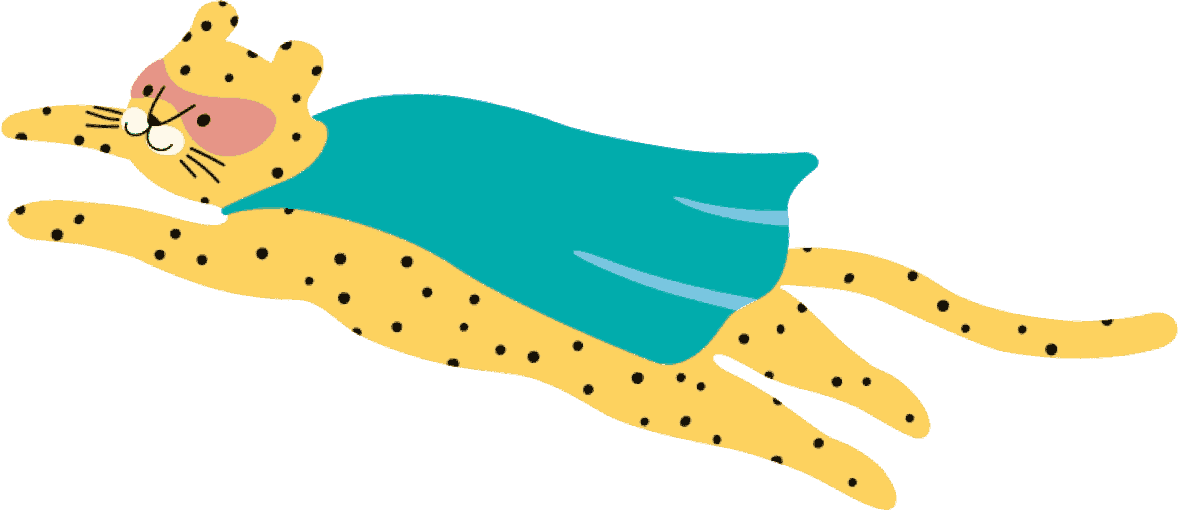If the idea of mixing play dough colors makes you anxious, water color mixing is a great way to teach kids about primary and secondary colors using just water, food coloring, and a few supplies you probably already have around your kitchen.
Materials:
- Red, yellow, and blue food coloring
- Clear containers (egg tray, bowls, cups, mason jars, beakers, ice cube trays). These can be plastic or glass, but if your child is still working on their body awareness and coordination, it’s best to stick with plastic.
- Syringes. You can either purchase some or a lot of pharmacies will give them to you if you ask. Bulb syringes are also great if you have them! Note: if you use a turkey baster, these can be harder for kids to use and often lead to frustration and mess.
- Water
- Spoons (to mix if necessary)
Instructions:
- Fill 3 containers with water, and use food coloring to make them red, yellow and blue.
- Set your other containers or ice cube trays on a counter or table and provide each child with a few syringes and spoons.
- Before giving kids access to the colored water, give them a beginner color theory lesson by explaining how three primary colors (red, yellow, and blue) can be used to make all other colors, known as secondary and tertiary colors, such as:
Red + yellow = Orange
Red + Blue = Purple
Yellow + Blue = Green
Asking questions, such as: which 3 colors are primary? Can you point to them? Which 3 colors are secondary? How do we make green? will help expand their vocabulary and will impact how they view the world around them with this newfound information. It also helps them link visual cues (the colors they see), with the word.
- Show kids how to suck up colored water with a syringe and expel the water into an empty container. Using a syringe helps them practice their pincher grasp and helps develop strength, control and coordination in the hands and fingers. This is also a beneficial pre-writing exercise.
- Give them the containers with colored water and have them select 2 to use to make their new color, then repeat. This allows them to put the color theory they have learned into practice and increases their problem solving as they attempt to make the secondary colors on their own.
- Once all containers are full, kids can then mix the colors they’ve already created to create even more colors (tertiary).
Skill areas addressed:
- Problem solving
- Fine motor skills
- Language
- Colors
Extensions & Adjustments:
- For kids 6 years and above, you can also introduce them to tints (created by adding white to a color) and shades (adding black to a color) by giving them a cup of black and white water. White water can be created by using milk or white tempera paint.
Author: April Karschner

